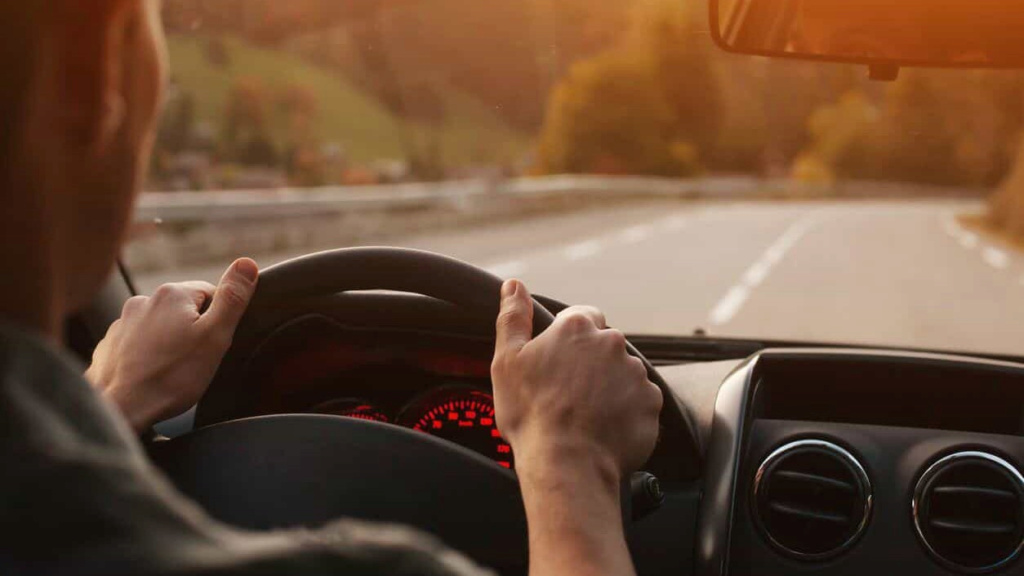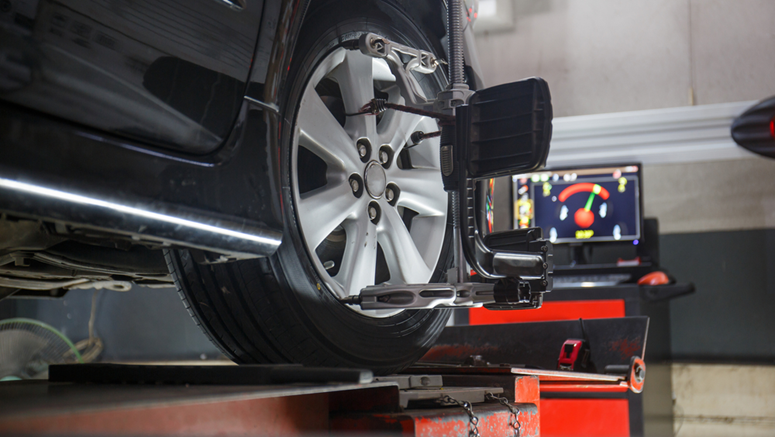Top 5 reasons for car drift while driving

One of the most common problems that drivers may face is car drift while driving on a straight line, and there are many breakdowns causing this problem, which may pose a great danger to the car driver and passengers in many cases, and due to the seriousness of the car’s imbalance and drift; We will discuss together the top 5 causes of car drift while driving.
The air pressure in the tires affects the driving experience in general in terms of comfort, security and safety, and low air pressure in one of the tires can cause the car to drift alongside this tire, and in some cases this problem may cause the car to lose balance to begin to drift and lose control of the car in Sharp turns.
4/5 unsuitable tires

Tires in general may cause an imbalance in the car, especially if new tires are installed or a spare tire is used that comes in a smaller size than the rest of the car’s tires in many modern vehicles, and an unsuitable tire may cause an imbalance in the car, which may lead to the car drifting, so You must check for new tires, or hurry to install the primary tire instead of the spare.
3/5 wheel alignment

This is one of the main problems that cause the car to be imbalanced and deviated while driving, as the unbalanced angles of the wheels cause the car to deviate, so it is necessary to quickly re-adjust the wheel balance to maintain the integrity of the suspension system and tires, It is worth noting that the wheels must be checked after every maintenance of the car's suspension system to ensure that the wheel angles are set according to the manufacturer's measurements.
2/5 suspension system
The suspension system consists of many pieces that may cause the car to drift while driving and increase the risk of losing control of the car. Therefore, the car’s suspension system must be reviewed, especially when there are unfamiliar sounds when driving on unpaved roads, or when climbing industrial bumps.
1/5 brake caliper

The car brakes may also cause the car to drift while driving, especially when pressing the brake pedal, and in the event of damage to it, it also negatively affects the tires of the car, especially when the brake force is completely closed in one of the tires only with the rest of the tires slowing down in a natural way, which causes flatness The tire on the wheel at which the brakes fully locked up occurred.
Source : websites

